A Vineyard
You have a dream. A Vineyard dream. Sipping wine made from your grapes on the deck as the sun sets over the vineyard. Buying a vineyard is not in the cards. You have financial resources, but they are limited. You have additional attributes at your disposal. You’re good with your hands, a problem solver, task-driven, and have an innate sense of the outdoors and gardening.
However, you’re a bit unsure of how to effectuate your dream.
Let’s acknowledge the obvious. Having a vineyard is truly a labor of love. As a hobbyist or aspiring small boutique winery owner, you don’t do it to be rich but to make good wine and enrich your life.
Why?
Because first and foremost, “great wine is made in the vineyard“, is a well-known refrain among winemakers. It reflects the quality of the grapes received from the vineyard at harvest. As a hobbyist, if you don’t have the luxury of working with local vineyard growers to source your grapes, you may find yourself at odds from time to time with the quality of grapes or juice shipped to you for winemaking.
The answer to the “why” question is that you can do something about this.
Fulfill your dream, and grow vines for winemaking.
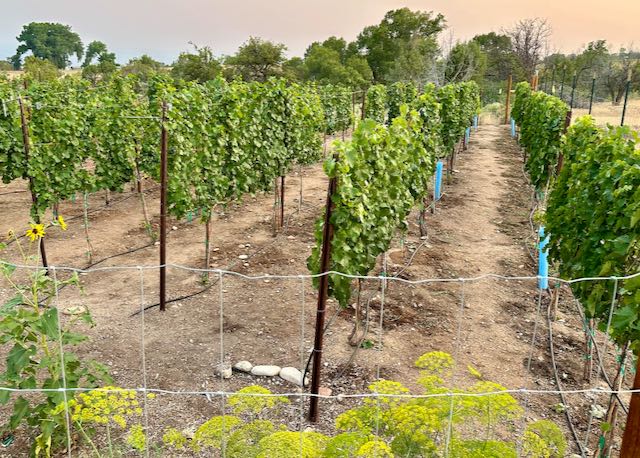
Viticulture
To take control in fulfilling your dream, get ready to dive into viticulture—the art and science of cultivating and harvesting grapes.
Growing vines gives you the control to harvest at a desired ripeness and quality level. It also facilitates your participation in the entire creation process—from soil to bottle.
It’s a satisfying and rewarding journey on its own.
You don’t need vast acreage, but some open or repurposed space is essential. And don’t be discouraged if you think your local climate isn’t ideal for wine grapes—there are grape varieties for every region.
Correction, the tropics, and the Arctic aren’t suitable growing regions.
The thought, effort, and time required to grow grapes for winemaking shouldn’t be underestimated. It takes three to five growing seasons for vines to produce quality wine grapes. Whether you peruse the topic blocks below or follow firsthand personal experiences via my Vineyard Chronicles blogs, this site is dedicated to providing you with the knowledge you need to fulfill your dream.
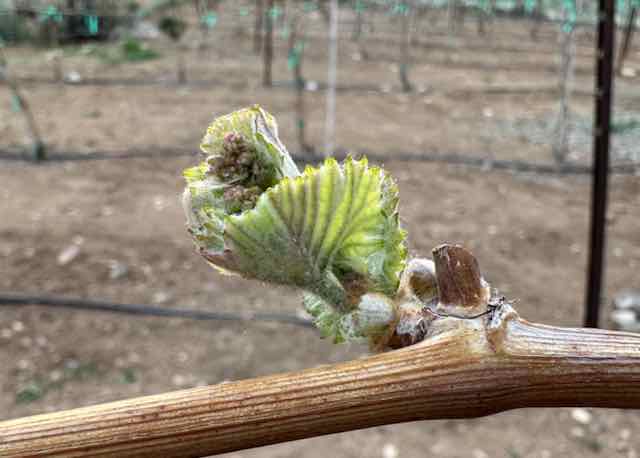
Three Vineyard Phases
When considering the effort involved in planting and maintaining a vineyard, it’s crucial to organize your thoughts around three key phases: plan, plant, and maintenance.
The three phases are organized by topic below. They are tailored for new and aspiring vineyard dreamers, but intermediate growers may also find valuable insights.
Each topic block provides an overview page with links to curated information sources. The content is carefully selected for maximum impact and updated regularly to ensure relevance.
Go ahead and step forward; you can fulfill your dream!
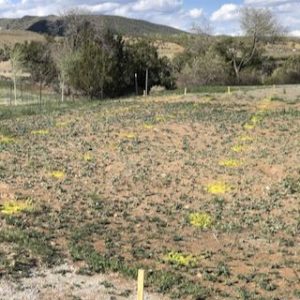
Vineyard Planning
The first step in pursuing your dream, is vineyard planning. Planning the path is essential before planting to ensure the necessary steps and requirements are followed to maximize the potential of quality wine-grape harvests. To maximize the return on the investment in time and money to have a vineyard, you need to gain knowledge about the process—and develop a plan.
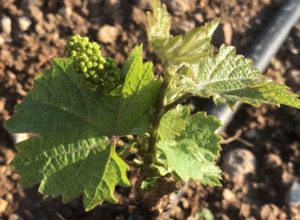
Vineyard Planting
As winter loosens its grip and spring approaches, excitement is in the air. It’s time to actuate your dream—time for vineyard planting! You’ve faithfully developed your planting plan, following the guidance on the Vineyard Planning page. Considerations on this page will assist you with your first season of planting and caring for the vines.
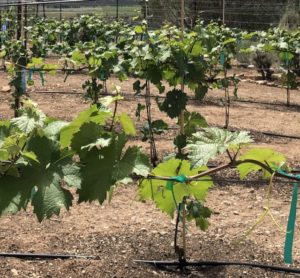
Vineyard Sustainability
The vineyard dream is now a reality. Over the past year of planning, planting, and first-season vine care, your effort has figuratively borne fruit. The real fruit has yet to come. It will take another season before a third, provides grapes. Now, it’s all about vineyard sustainability.

